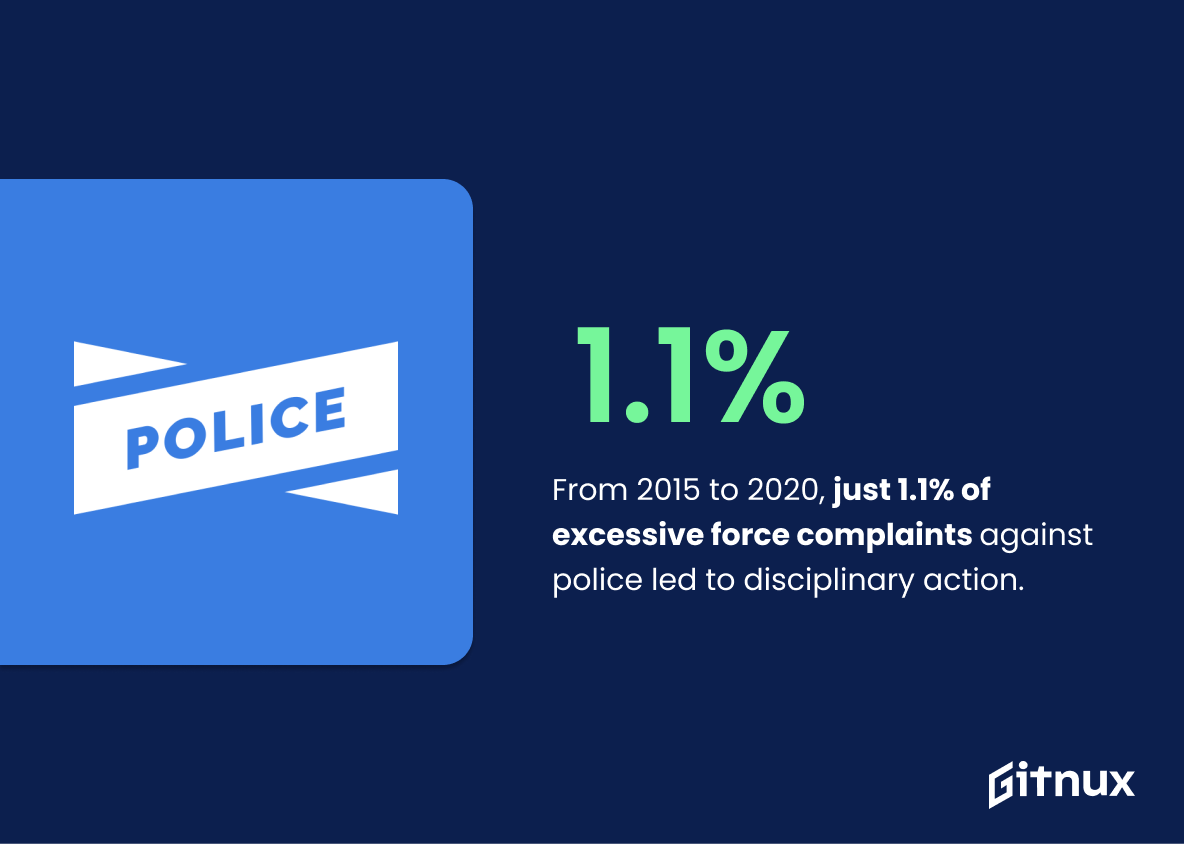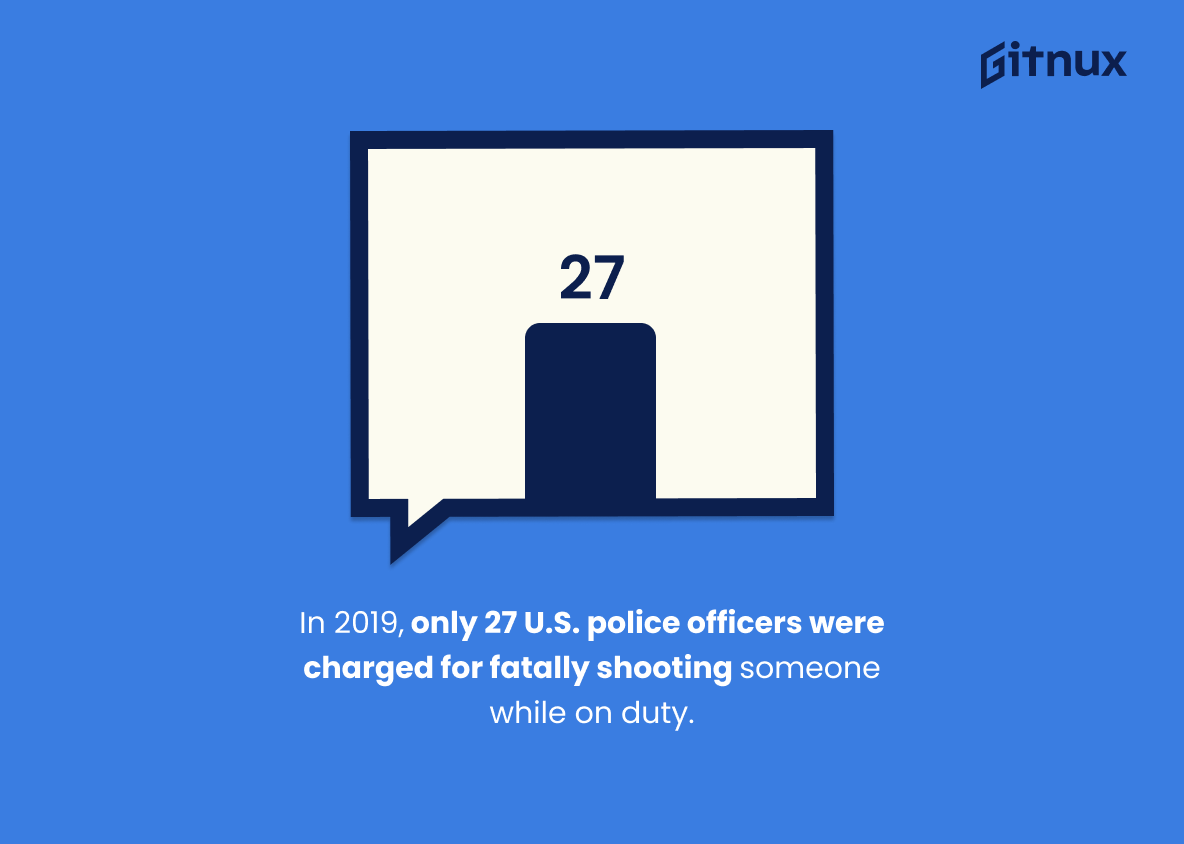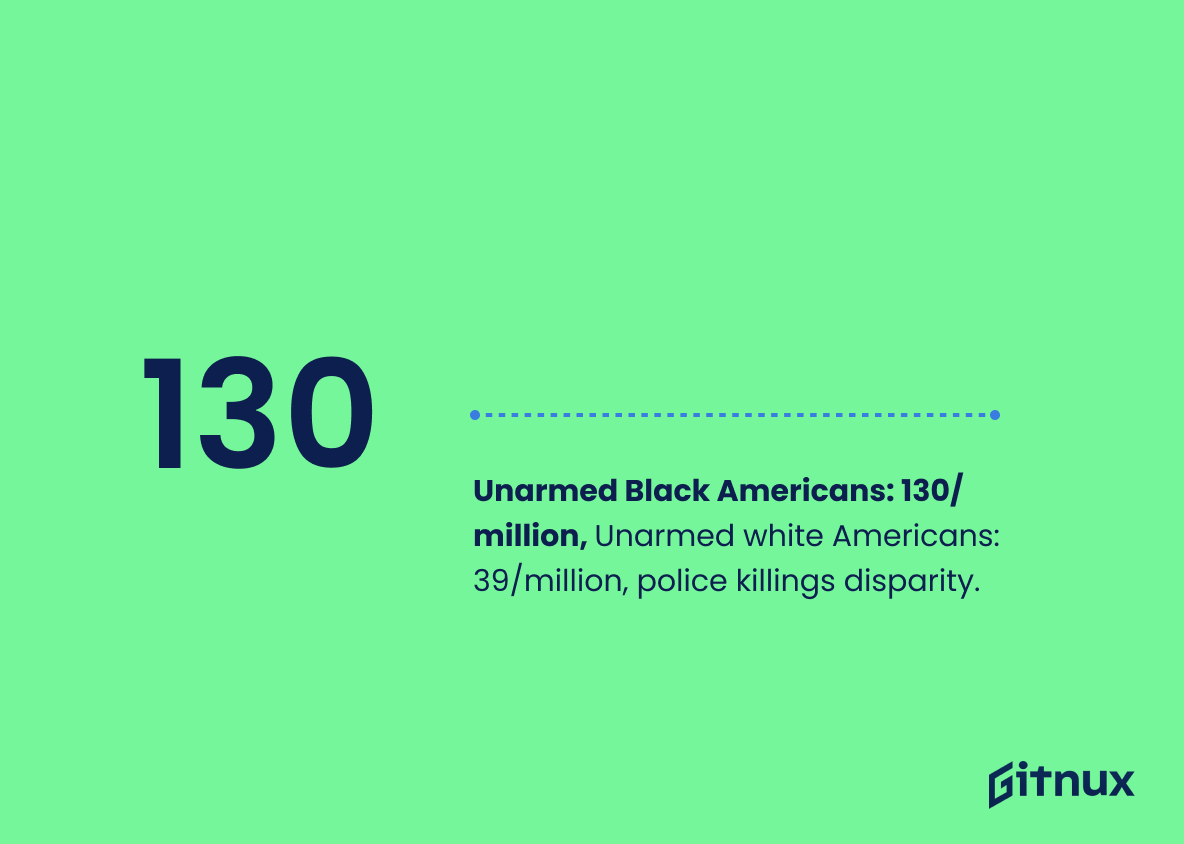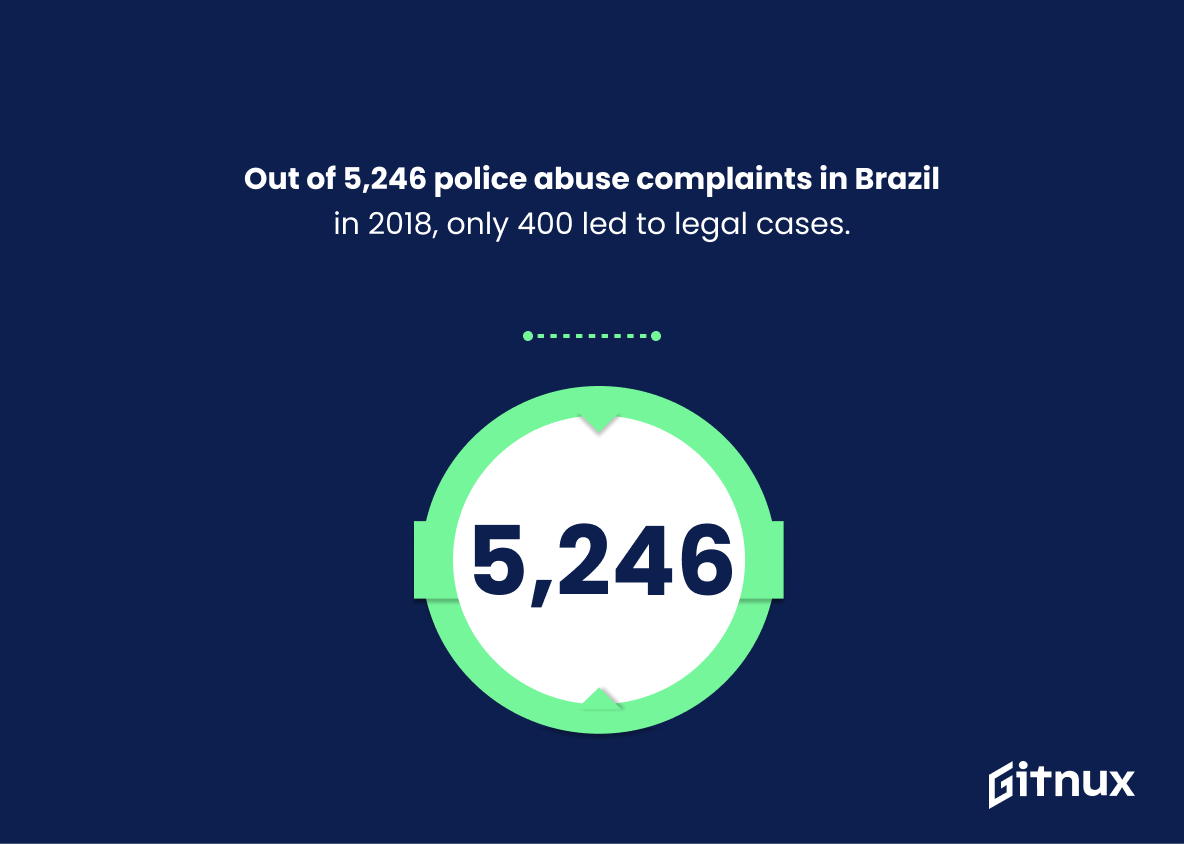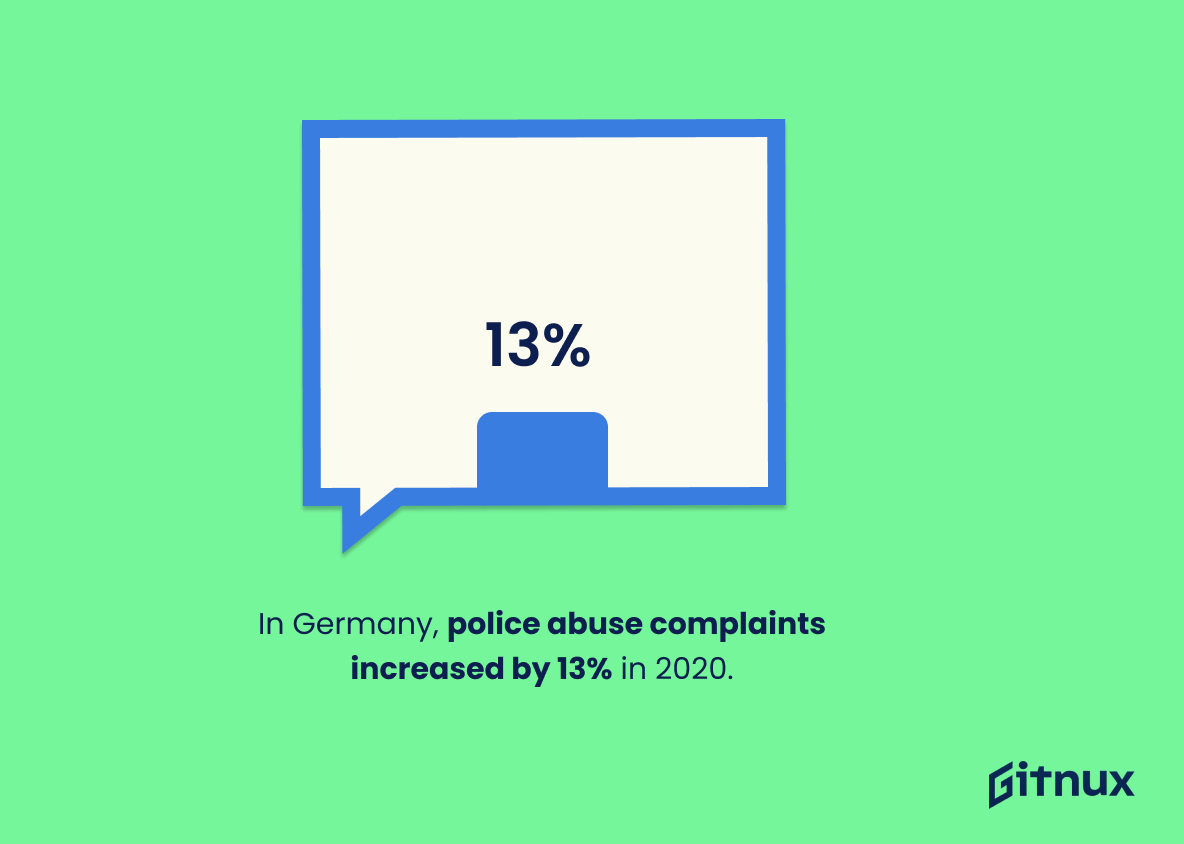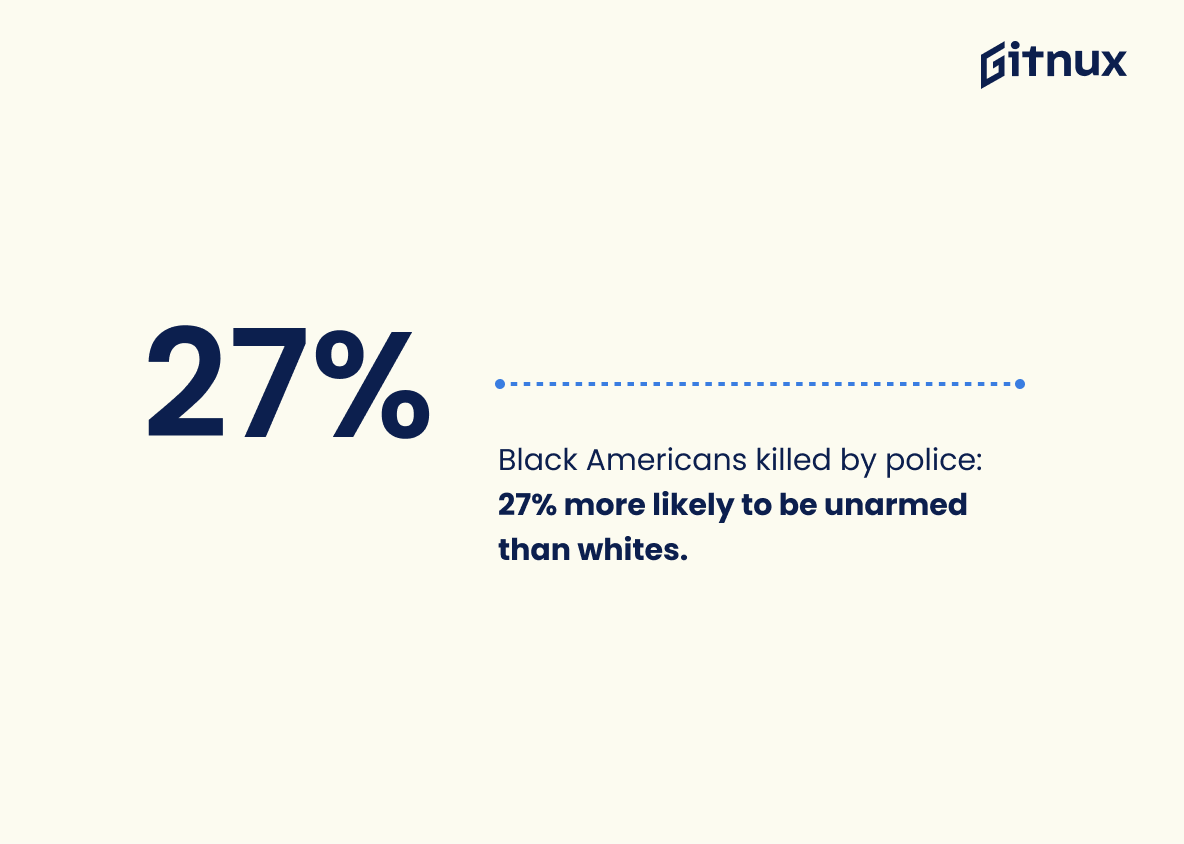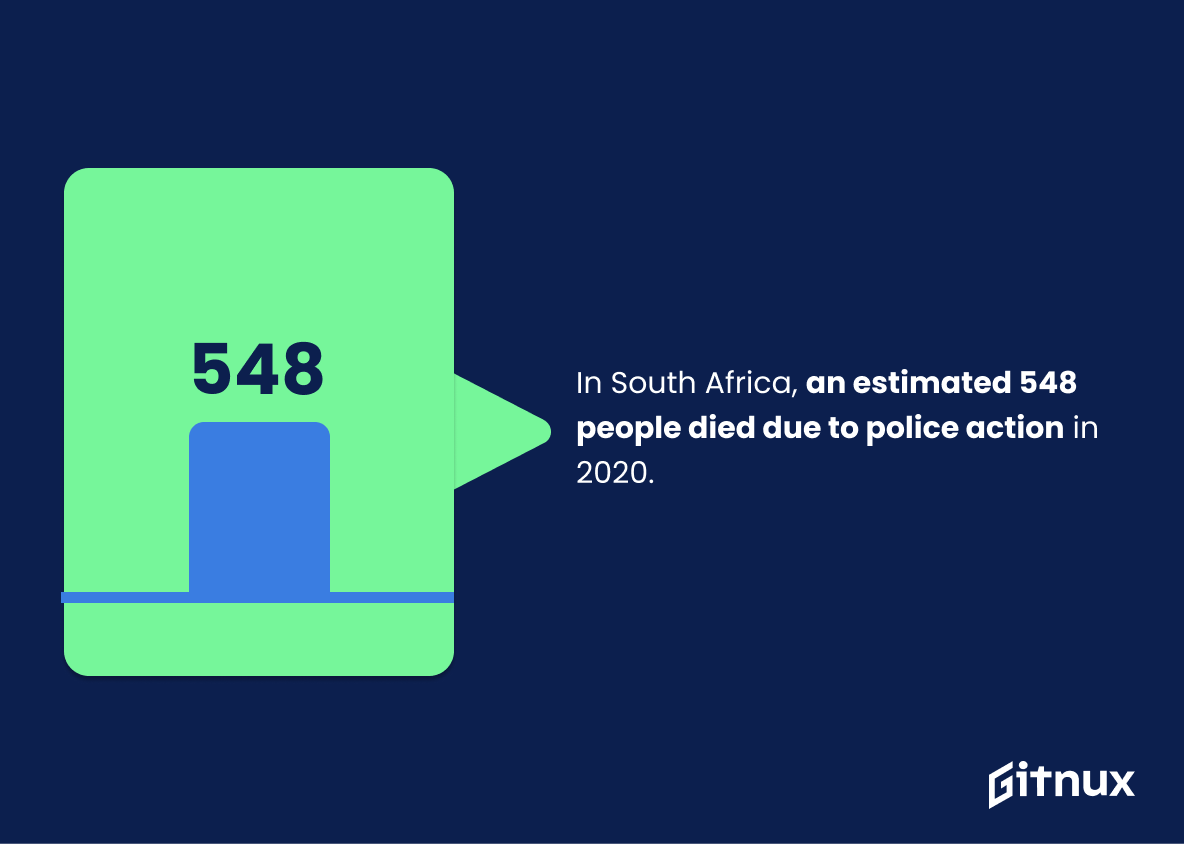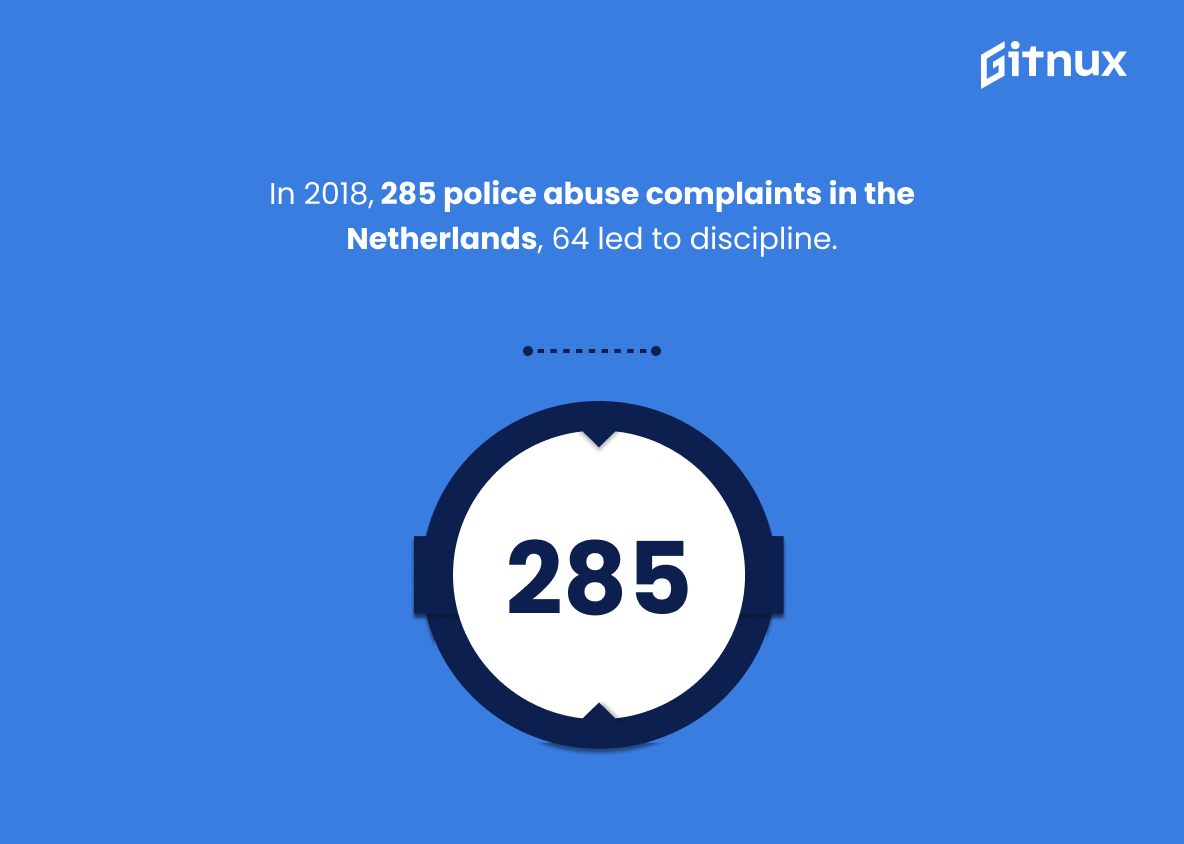Police abuse of power is a serious issue that affects people around the world. From excessive force to racial profiling, police officers have been known to use their authority in ways that are unjust and often illegal. This blog post will explore some statistics on police abuse of power from various countries including the United States, Brazil, Chile, Spain, Germany, South Africa and the Netherlands.
The data presented here shows how pervasive this problem is across different nations and cultures. It also highlights disparities between races when it comes to fatal shootings by law enforcement as well as other forms of misconduct such as torture or ill-treatment. Additionally we’ll look at what percentage of complaints against police result in disciplinary action being taken and how much money taxpayers end up paying for these incidents each year due to legal settlements or court costs associated with them. Finally we’ll discuss why it’s important for citizens everywhere to be aware of their rights when interacting with law enforcement so they can protect themselves from potential abuses by those sworn to serve and protect us all.
This statistic is a stark reminder of the prevalence of police abuse of power. It indicates that a significant portion of police officers have witnessed their colleagues using excessive force, suggesting that this is a systemic problem rather than an isolated incident. It is a troubling statistic that should be taken seriously and addressed.
From 2010 to 2014, 62.4% of the victims of police abuse submitted a complaint to the Civilian Complaint Review Board (CCRB).
This statistic is a powerful indicator of the prevalence of police abuse, as it shows that a majority of victims are taking the initiative to report their experiences to the CCRB. It also suggests that the CCRB is an effective and accessible avenue for victims to seek justice and accountability. This statistic is an important piece of evidence in the discussion of police abuse of power, as it demonstrates the need for further action to be taken to protect victims of police abuse.
Police Abuse Of Power Statistics Overview
From 2015 to 2020, only 1.1% of excessive force complaints against the police resulted in disciplinary action.
This statistic is a stark reminder of the lack of accountability for police officers who use excessive force. It highlights the need for greater oversight and enforcement of laws and regulations that protect citizens from police abuse of power. It also serves as a warning that the current system is not doing enough to protect citizens from police misconduct.
In 2019, only 27 U.S. police officers were charged for fatally shooting someone while on duty.
This statistic is a stark reminder of the power imbalance between police officers and civilians. It highlights the fact that, despite the numerous cases of police brutality and abuse of power, only a small fraction of officers are held accountable for their actions. This speaks to the need for greater oversight and accountability of police officers, as well as a more equitable system of justice.
Police killings disproportionately affect unarmed Black Americans at a rate of 130 out of every million, compared to 39 out of every million unarmed white Americans.
This statistic serves as a stark reminder of the systemic racism that exists in the United States. It highlights the fact that Black Americans are disproportionately affected by police killings, with a rate that is more than three times higher than that of unarmed white Americans. This is a clear indication of the unequal treatment that Black Americans face in the criminal justice system, and it is a powerful reminder of the need for reform.
Police misconduct cost taxpayers over $3.2 billion from 2010 to 2020.
This statistic is a stark reminder of the immense financial burden that police misconduct has placed on taxpayers over the past decade. It is a sobering reminder of the need for greater oversight and accountability when it comes to police abuse of power. This statistic serves as a call to action for citizens to demand that their local governments take steps to ensure that police misconduct is addressed and that taxpayers are not left footing the bill.
Of the 5,246 documented complaints regarding police abuse in Brazil in 2018, only 400 resulted in legal cases.
This statistic is a stark reminder of the prevalence of police abuse in Brazil in 2018, and the lack of legal action taken against it. It highlights the need for greater accountability and justice for victims of police abuse, and serves as a call to action for those who are in a position to make a difference.
The UK Independent Office for Police Conduct (IOPC) reported 31,097 allegations of police abuse in 2019-2020, with 60% of complaints resulting in no disciplinary action or misconduct charge.
This statistic is a stark reminder of the prevalence of police abuse in the UK. It highlights the fact that, despite the IOPC’s efforts to investigate and take action against such abuse, a large majority of complaints are not resulting in any disciplinary action or misconduct charge. This is a worrying indication of the extent of police abuse of power and the need for further action to be taken to ensure that those responsible are held accountable.
In Germany, police abuse complaints increased by 13% in 2020.
This statistic is a stark reminder of the prevalence of police abuse in Germany, and serves as a call to action for those who are concerned about the issue. It highlights the need for greater oversight and accountability of law enforcement, and underscores the importance of continuing to monitor and address police abuse of power.
On average, Black Americans killed by police were 27% more likely to be unarmed than white Americans killed by police.
This statistic is a stark reminder of the systemic racism that exists in the police force. It highlights the disproportionate amount of violence that Black Americans face at the hands of law enforcement, and the fact that they are more likely to be killed while unarmed. This is a clear indication of police abuse of power, and it is a tragedy that needs to be addressed.
In South Africa, an estimated 548 people died due to police action in 2020.
This statistic is a stark reminder of the devastating consequences of police abuse of power in South Africa. It highlights the urgent need for reform and accountability in order to protect the lives of citizens and ensure that justice is served. It is a call to action for all those who care about human rights and the safety of their fellow citizens.
In 2018, there were 285 complaints of police abuse of power in the Netherlands, 64 of which led to disciplinary measures.
This statistic is a stark reminder of the prevalence of police abuse of power in the Netherlands. It highlights the fact that, despite the 64 disciplinary measures taken, there are still 221 complaints of police abuse of power that have gone unaddressed. This statistic serves as a call to action, urging the public to demand greater accountability from law enforcement and to ensure that all complaints of police abuse of power are taken seriously.
Conclusion
The statistics presented in this blog post demonstrate the alarming prevalence of police abuse of power around the world. From 2010 to 2020, taxpayers have paid over $3.2 billion due to misconduct by law enforcement officers and only 1.1% of excessive force complaints against them resulted in disciplinary action during that same period. In addition, Black Americans are 3 times more likely than white Americans to be killed by police and 27% more likely to be unarmed when they are killed compared with their white counterparts. Furthermore, data from countries such as Brazil, Chile, Spain and South Africa show a similar pattern: most cases involving allegations of police abuse do not lead to prosecutions or convictions despite high numbers of reported incidents each year. These figures highlight an urgent need for reform within policing systems worldwide so that all citizens can feel safe under the protection of law enforcement without fear or prejudice towards any particular group based on race or ethnicity
References
0. – https://www.time.com
1. – https://www.policeconduct.gov.uk
2. – https://www.www.themarshallproject.org
3. – https://www.www.pewresearch.org
4. – https://www.www.hrw.org
5. – https://www.apnews.com
6. – https://www.www.dw.com
7. – https://www.www.ajpmonline.org
8. – https://www.issafrica.org
9. – https://www.www.politie.nl
10. – https://www.www1.nyc.gov
11. – https://www.www.pnas.org
